SMART PRODUCTION OF SALMON
입력 2022.04.27 (15:07)
수정 2022.04.27 (16:45)
읽어주기 기능은 크롬기반의
브라우저에서만 사용하실 수 있습니다.
[Anchor Lead]
Salmon, one of the world's top-10 superfoods, is farmed in Korea every year by catching female fish and releasing the young. But demand far exceeds supply. The Marine Fisheries Resources Research Institute of Gyeongsangbuk-do Province has embarked on mass producing salmon using a smart farming cluster.
[Pkg]
Salmon weighing around 600 grams swim in a water tank of a marine fisheries resources research institute. The fish were raised artificially by a freshwater fish research center in Uljin for about a year in East Sea water of 10 degrees C. They were provided with customized feed. The marine fisheries resources research institute is trying to farm North Pacific salmon entirely on its own.
[Soundbite] Yoon Sung-min(Marine Fisheries Resources Research Institute) : "We keep some of the female salmon to raise them. When they spawn, we collect their eggs and farm the fry again."
Every year the institute releases young salmon into the sea, but it has to import most of the fish. In the future, the institute plans to raise Atlantic and king salmon as well. Back in February it applied for a research project overseen by the Ministry of Oceans and Fisheries and obtained 2 billion won in funding. The institute is determined to generate a synergistic effect by using a smart farming cluster in Pohang equipped with telecommunication technologies, AI, IoT and big data.
[Soundbite] Kim Sung-hak(Gyeongbuk Marine and Fisheries Bureau) : "Our goal is to produce 10,000 tons of salmon annually using eco-friendly recirculating aquaculture technologies."
Last year Koreans consumed 57,000 tons of salmon, which was designated by the WHO as one of the world's top-10 superfoods.
Salmon, one of the world's top-10 superfoods, is farmed in Korea every year by catching female fish and releasing the young. But demand far exceeds supply. The Marine Fisheries Resources Research Institute of Gyeongsangbuk-do Province has embarked on mass producing salmon using a smart farming cluster.
[Pkg]
Salmon weighing around 600 grams swim in a water tank of a marine fisheries resources research institute. The fish were raised artificially by a freshwater fish research center in Uljin for about a year in East Sea water of 10 degrees C. They were provided with customized feed. The marine fisheries resources research institute is trying to farm North Pacific salmon entirely on its own.
[Soundbite] Yoon Sung-min(Marine Fisheries Resources Research Institute) : "We keep some of the female salmon to raise them. When they spawn, we collect their eggs and farm the fry again."
Every year the institute releases young salmon into the sea, but it has to import most of the fish. In the future, the institute plans to raise Atlantic and king salmon as well. Back in February it applied for a research project overseen by the Ministry of Oceans and Fisheries and obtained 2 billion won in funding. The institute is determined to generate a synergistic effect by using a smart farming cluster in Pohang equipped with telecommunication technologies, AI, IoT and big data.
[Soundbite] Kim Sung-hak(Gyeongbuk Marine and Fisheries Bureau) : "Our goal is to produce 10,000 tons of salmon annually using eco-friendly recirculating aquaculture technologies."
Last year Koreans consumed 57,000 tons of salmon, which was designated by the WHO as one of the world's top-10 superfoods.
■ 제보하기
▷ 카카오톡 : 'KBS제보' 검색, 채널 추가
▷ 전화 : 02-781-1234, 4444
▷ 이메일 : kbs1234@kbs.co.kr
▷ 유튜브, 네이버, 카카오에서도 KBS뉴스를 구독해주세요!
- SMART PRODUCTION OF SALMON
-
- 입력 2022-04-27 15:07:58
- 수정2022-04-27 16:45:44
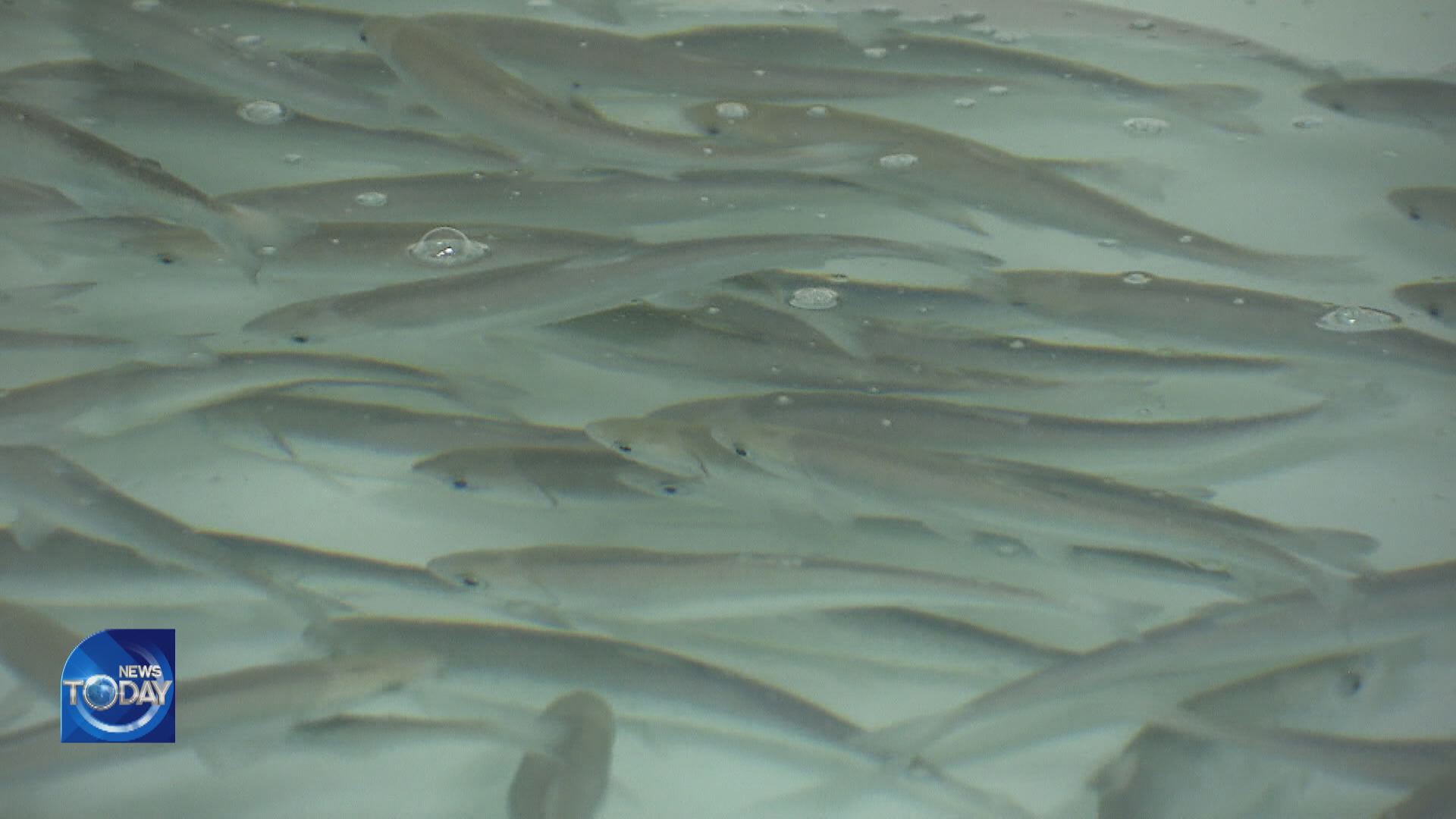
[Anchor Lead]
Salmon, one of the world's top-10 superfoods, is farmed in Korea every year by catching female fish and releasing the young. But demand far exceeds supply. The Marine Fisheries Resources Research Institute of Gyeongsangbuk-do Province has embarked on mass producing salmon using a smart farming cluster.
[Pkg]
Salmon weighing around 600 grams swim in a water tank of a marine fisheries resources research institute. The fish were raised artificially by a freshwater fish research center in Uljin for about a year in East Sea water of 10 degrees C. They were provided with customized feed. The marine fisheries resources research institute is trying to farm North Pacific salmon entirely on its own.
[Soundbite] Yoon Sung-min(Marine Fisheries Resources Research Institute) : "We keep some of the female salmon to raise them. When they spawn, we collect their eggs and farm the fry again."
Every year the institute releases young salmon into the sea, but it has to import most of the fish. In the future, the institute plans to raise Atlantic and king salmon as well. Back in February it applied for a research project overseen by the Ministry of Oceans and Fisheries and obtained 2 billion won in funding. The institute is determined to generate a synergistic effect by using a smart farming cluster in Pohang equipped with telecommunication technologies, AI, IoT and big data.
[Soundbite] Kim Sung-hak(Gyeongbuk Marine and Fisheries Bureau) : "Our goal is to produce 10,000 tons of salmon annually using eco-friendly recirculating aquaculture technologies."
Last year Koreans consumed 57,000 tons of salmon, which was designated by the WHO as one of the world's top-10 superfoods.
Salmon, one of the world's top-10 superfoods, is farmed in Korea every year by catching female fish and releasing the young. But demand far exceeds supply. The Marine Fisheries Resources Research Institute of Gyeongsangbuk-do Province has embarked on mass producing salmon using a smart farming cluster.
[Pkg]
Salmon weighing around 600 grams swim in a water tank of a marine fisheries resources research institute. The fish were raised artificially by a freshwater fish research center in Uljin for about a year in East Sea water of 10 degrees C. They were provided with customized feed. The marine fisheries resources research institute is trying to farm North Pacific salmon entirely on its own.
[Soundbite] Yoon Sung-min(Marine Fisheries Resources Research Institute) : "We keep some of the female salmon to raise them. When they spawn, we collect their eggs and farm the fry again."
Every year the institute releases young salmon into the sea, but it has to import most of the fish. In the future, the institute plans to raise Atlantic and king salmon as well. Back in February it applied for a research project overseen by the Ministry of Oceans and Fisheries and obtained 2 billion won in funding. The institute is determined to generate a synergistic effect by using a smart farming cluster in Pohang equipped with telecommunication technologies, AI, IoT and big data.
[Soundbite] Kim Sung-hak(Gyeongbuk Marine and Fisheries Bureau) : "Our goal is to produce 10,000 tons of salmon annually using eco-friendly recirculating aquaculture technologies."
Last year Koreans consumed 57,000 tons of salmon, which was designated by the WHO as one of the world's top-10 superfoods.
이 기사가 좋으셨다면
-
좋아요
0
-
응원해요
0
-
후속 원해요
0










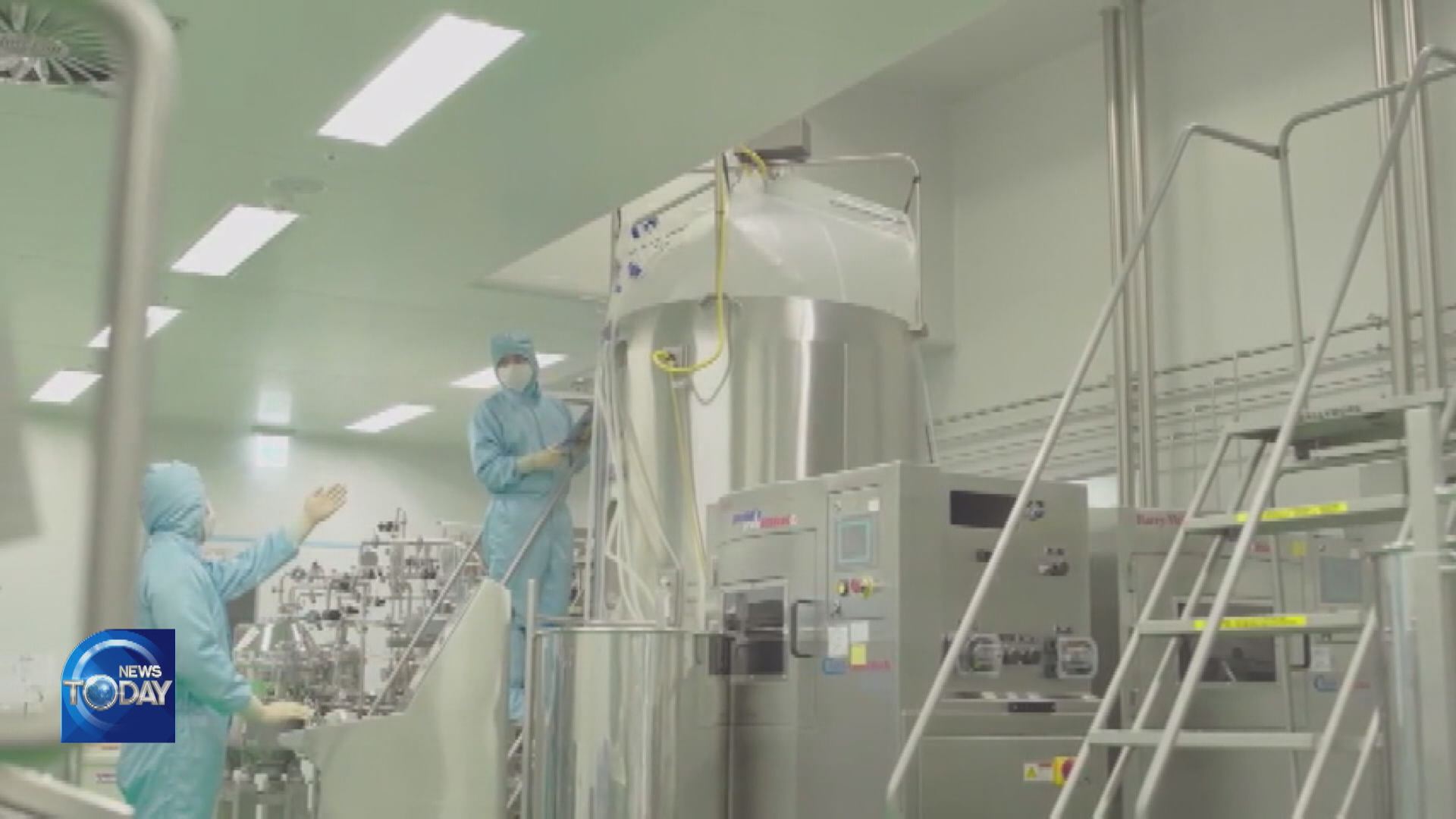
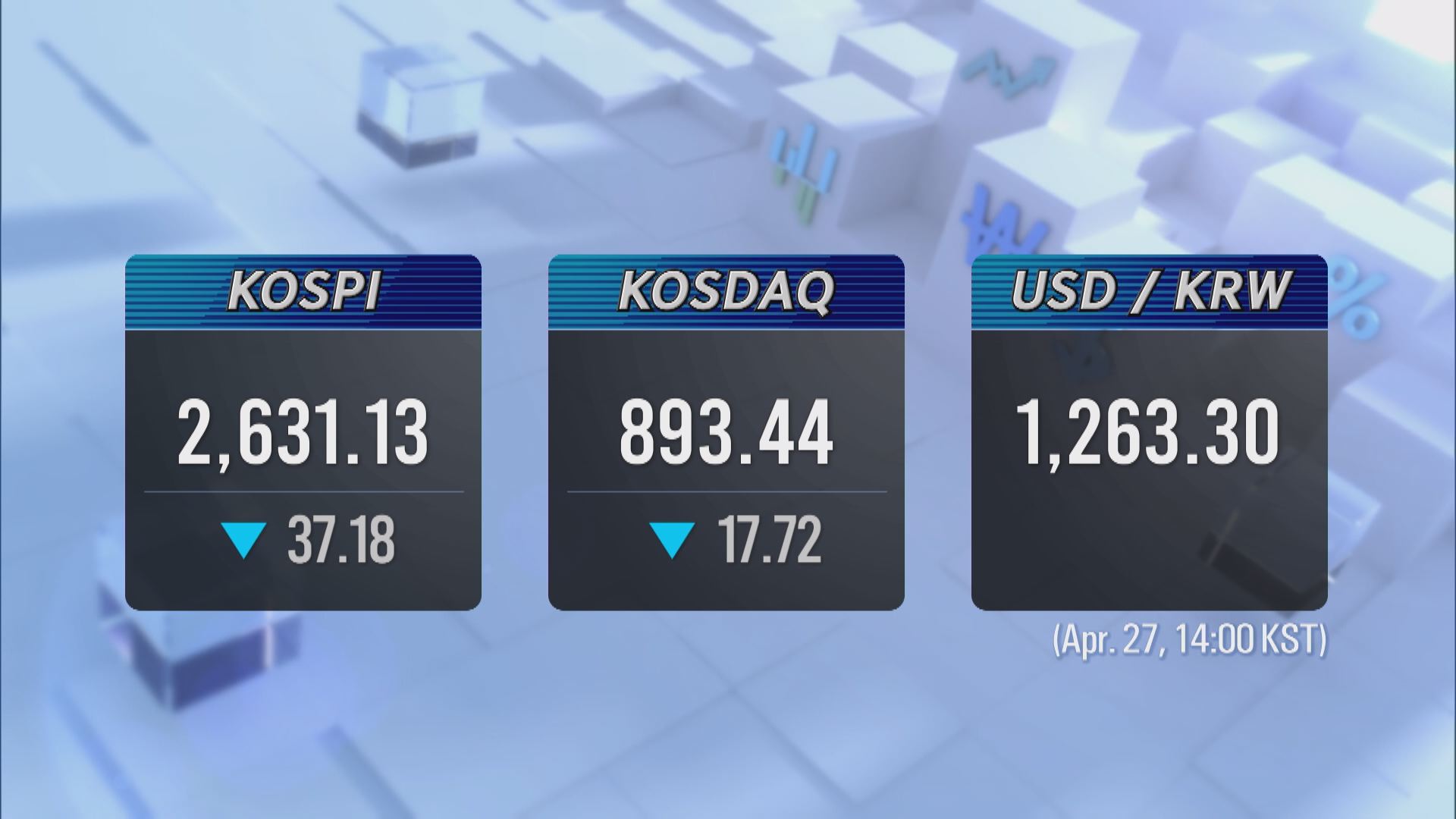
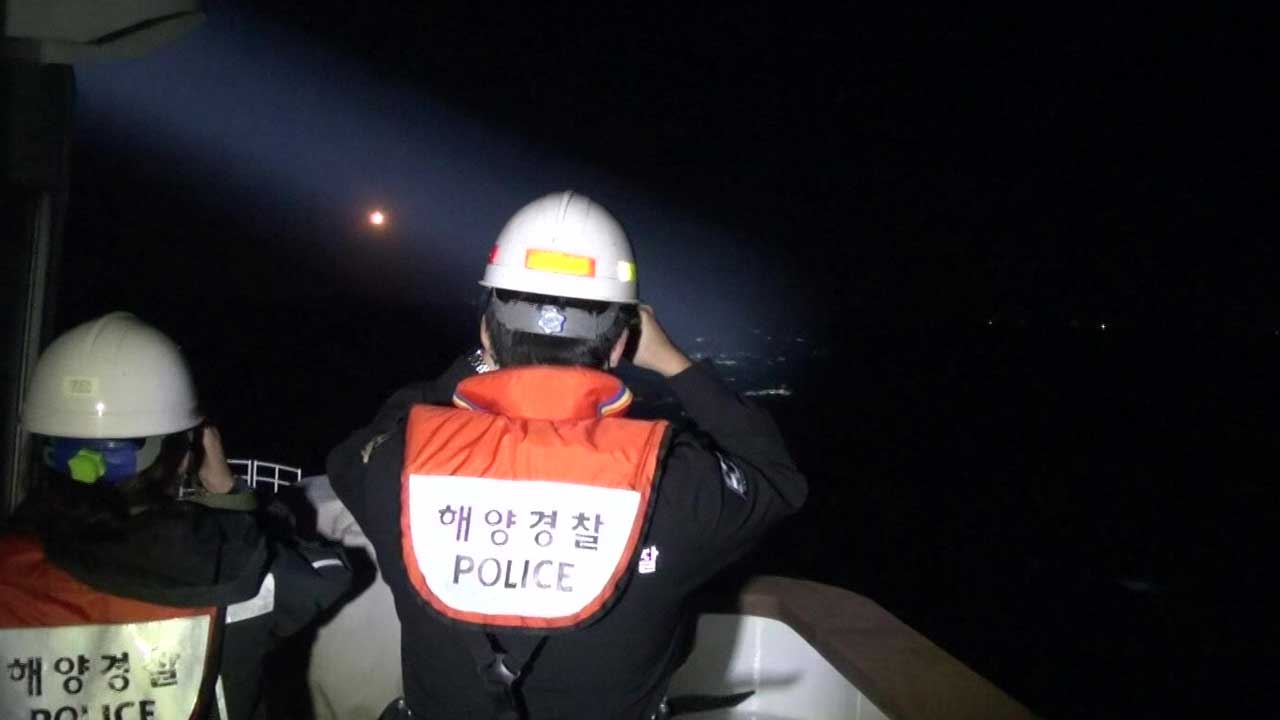
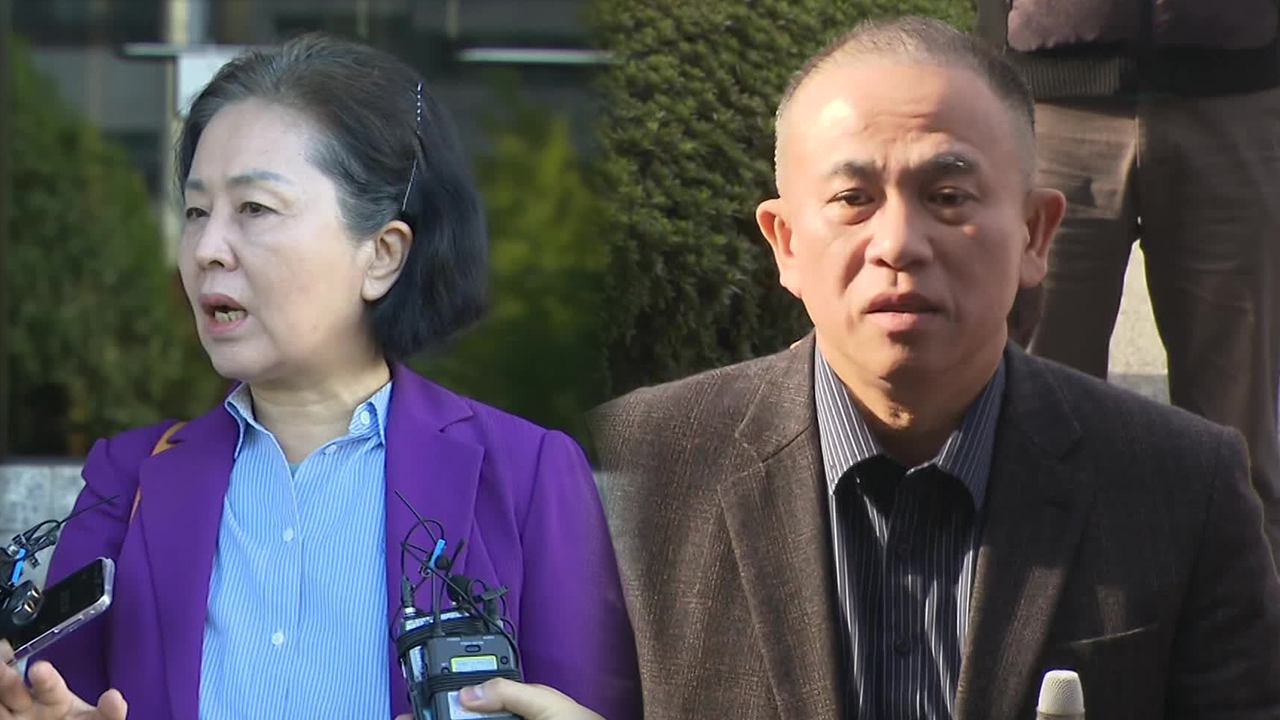

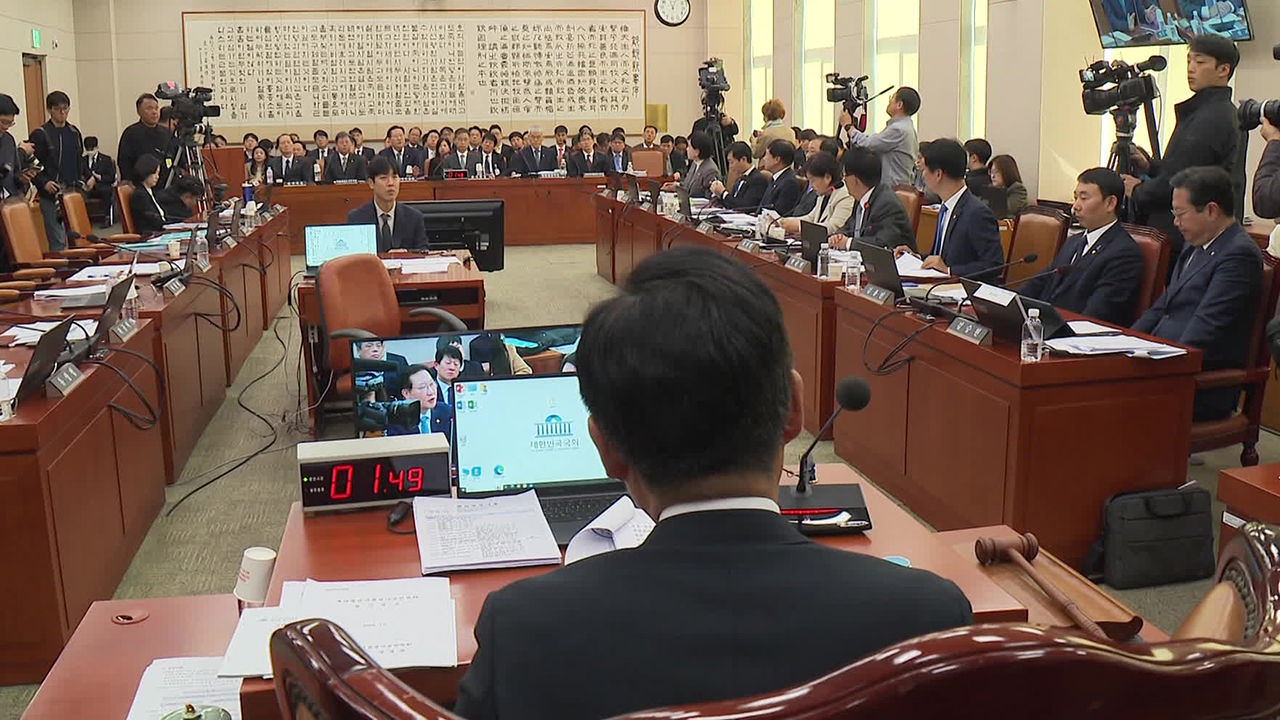

이 기사에 대한 의견을 남겨주세요.